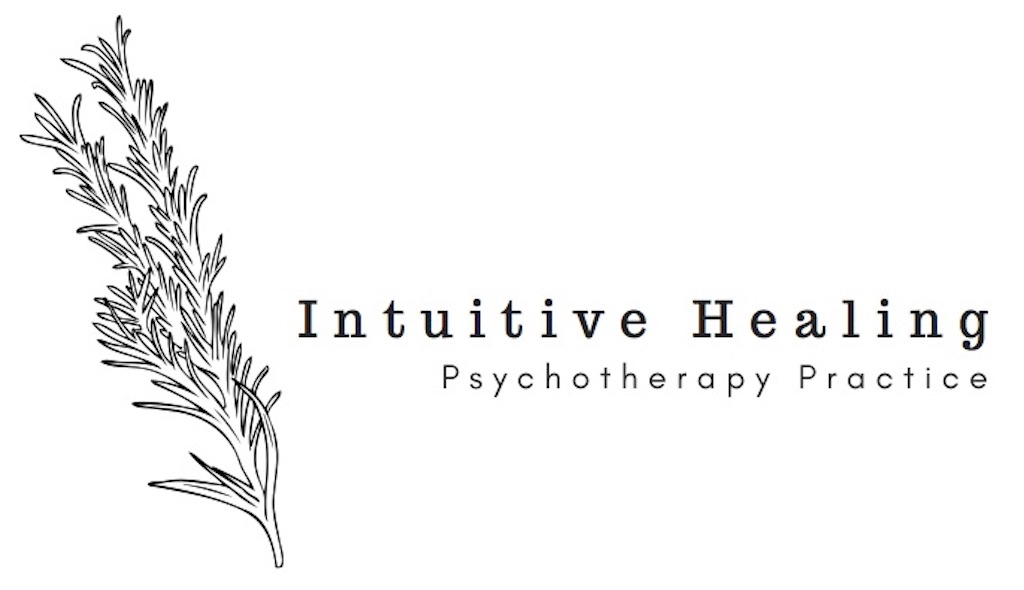Energy & Action Maps: Bringing Grounding Tools into Daily Life
Milou Haskin, MHC
In therapy and personal growth work, we often learn a variety of tools for grounding and nervous system regulation. These strategies can be immensely helpful in theory, yet when we find ourselves overwhelmed, stressed, or dysregulated, it can be surprisingly difficult to recall exactly which tool we need in that moment. I often hear clients express frustration that, while they like the tools they’ve learned, they struggle to implement them in their daily lives. This is where creating a structured resource, such as an Energy & Action Map, can be a valuable practice.
An Energy & Action Map serves as a personal menu of resources—a list of regulating activities that we can refer to in moments of stress or feeling stuck. Deb Dana, a clinician and expert in Polyvagal Theory, introduces the concept of an Energy & Action Map in her book Polyvagal Exercises for Safety and Connection. Polyvagal Theory describes how our nervous system shifts between different states—ventral vagal (safety and connection), sympathetic (mobilization: fight or flight), and dorsal vagal (shut down and collapse)—each of which carries unique energetic patterns and action tendencies. For this reason, it’s natural that our needs will vary depending on which nervous system state we are in. For instance, if I’m experiencing the heaviness of dorsal vagal collapse, I might begin with gentle sensory input—such as holding something warm or listening to calming music—before transitioning to more active forms of movement. This is why it’s helpful to have a full continuum of actions to choose from, so we can pick the one that matches the energy we have access to in that moment. What might feel overwhelming in one moment could feel soothing in another. Rather than following a one-size-fits-all approach to self-regulation, we can develop our own personalized menu of actions based on our individual needs and nervous system responses. By creating a personalized resource menu with multiple pathways to regulation, we build a more flexible array of options to support ourselves when we need it most.
Creating Your Energy & Action Map
To create your own Energy & Action Map, start with a piece of paper and draw a double-sided arrow down the middle. This arrow represents the spectrum of passive to active actions. On the left side, list self-regulating actions—things you can do on your own to bring yourself back into a regulated state. On the right side, list co-regulating actions, which involve connecting with others or the environment to support regulation. List these activities based on how much energy each requires for you, with the more active, higher-energy activities listed on the top and the more passive, lower-energy actions listed at the bottom. Remember, what nourishes one nervous system may be a cue of danger to another. Listen to what works best for you. Your map and the activities you have listed may look very different from someone else’s. Here are some ideas to get you started:
Self-Regulating Action Examples
Passive (low-energy) self-regulation:
Looking up at the sky
Gently swaying your body
Aromatherapy
Wrapping yourself in a cozy blanket
Using a heating pad or weighted blanket
Listening to calming music
Sipping a warm beverage like tea or hot water
Slow, deep breathing
Stretching
Cold therapy: holding ice cubes or an ice pack
Progressive muscle relaxation
Active (higher-energy) self-regulation:
Engaging in a mindfulness practice, like body scans or meditation
Journaling or creative writing
Making yourself a meal
Dancing to your favorite music
Going for a walk
Attending a yoga class
Exercising or doing a workout
Practicing a hobby (e.g., knitting, painting, gardening)
Co-Regulating Action Examples
Co-regulation refers to the ways we use relationships and social engagement to help bring our nervous system back into balance. This may include:
Passive (low-energy) co-regulation:
Bringing to mind a beloved person
Reading a letter from a loved one
Texting a close friend
Watching a comforting show or listening to a familiar podcast
Sitting near a pet or loved one
Receiving a hug from a trusted person
Being in nature, such as sitting by a tree or near water with someone
Active (higher-energy) co-regulation:
Calling a friend for a conversation
Meeting up with a trusted person
Attending a supportive group or gathering
Cooking a meal together or sharing a meal
Collaborating on a project or activity, such as painting or crafting
Exercising with a friend (e.g., jogging, rock climbing)
Using Your Energy & Action Map in Daily Life
Once you've created your map, keep it somewhere visible or easily accessible so that in moments of stress or dysregulation, you don’t have to rely on memory alone to choose a regulation strategy. Instead, you can glance at your map and identify an action that matches your current state and energy level. Over time, this practice can increase your ability to respond to stress with more ease, flexibility, and self-compassion.
By creating a structured yet adaptable resource, we make it easier to bridge the gap between learning regulation tools and applying them in the moments we need them most. This empowers us to work with our nervous system, rather than against it, fostering greater resilience and self-awareness in our daily lives. Your map is your personal guide—start experimenting with it to discover what works best for you, adding new tools as you find them, and gaining a clearer sense of which activities you gravitate toward based on your nervous system state.
